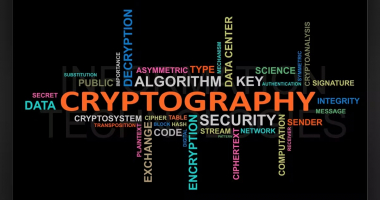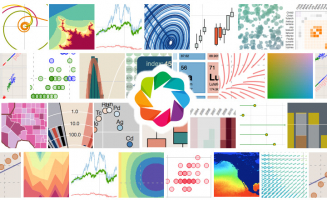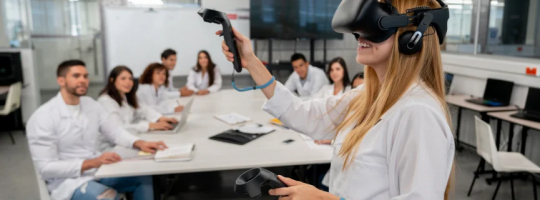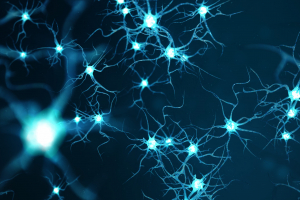Top 10 Best Online PyTorch Courses
PyTorch is a deep learning library developed by Facebook to develop machine learning models for NLP, Computer Vision and AI, to name a few. It was developed by ... read more...Facebook's Artificial Intelligence Research Group and is used to run deep learning frameworks. In the light of learning this important skill, Toplist have curated some of the Best Online PyTorch Courses with certificates that will help you in improving your understanding of this Deep Learning Framework and excel in the field of AI Research.
-
PyTorch: Deep Learning and Artificial Intelligence is at the top of the list of best online PyTorch courses. Despite the fact that Google's Deep Learning library Tensorflow has grown in popularity in recent years, PyTorch has long been the library of choice for deep learning and artificial intelligence professionals and researchers worldwide. Is it possible that Tensorflow is popular solely because Google is popular and employs effective marketing? Why did Tensorflow change so much between versions 1 and 2? Was it deeply flawed, and are there still potential issues?
It is less well-known that PyTorch is backed by Facebook, another Internet behemoth (specifically, the Facebook AI Research Lab - FAIR). So, if you want a popular deep learning library backed by billion-dollar companies and a thriving community, PyTorch is the way to go. And perhaps it's a bonus that the library won't completely destroy all your old code when it updates to the next version.
On the other hand, it is well known that all of the top AI firms (for example, OpenAI, Apple, and JPMorgan Chase) use PyTorch. OpenAI recently switched to PyTorch in 2020, indicating that PyTorch is gaining traction. If you are a professional, you will quickly realize that building and testing new ideas with PyTorch is extremely simple, whereas it can be difficult in other libraries that try to do everything for you. Oh, and it's quicker.
The course includes:
- Artificial Neural Networks (ANNs) / Deep Neural Networks (DNNs)
- Predict Stock Returns
- Time Series Forecasting
- Computer Vision
- Building a Deep Reinforcement Learning Stock Trading Bot
- GANs (Generative Adversarial Networks)
- Recommender Systems
- Image Recognition
- Convolutional Neural Networks (CNNs)
- Recurrent Neural Networks (RNNs)
- Natural Language Processing (NLP) with Deep Learning
- Demonstrate Moore's Law using Code
- Transfer Learning to create state-of-the-art image classifiers
You can take PyTorch: Deep Learning and Artificial Intelligence certification course on Udemy.
Course rating: 4.7 out of 5.0
Duration: 23 h 5 m
Certificate: Certificate on completion
Enroll here: udemy.com/course/pytorch-deep-learning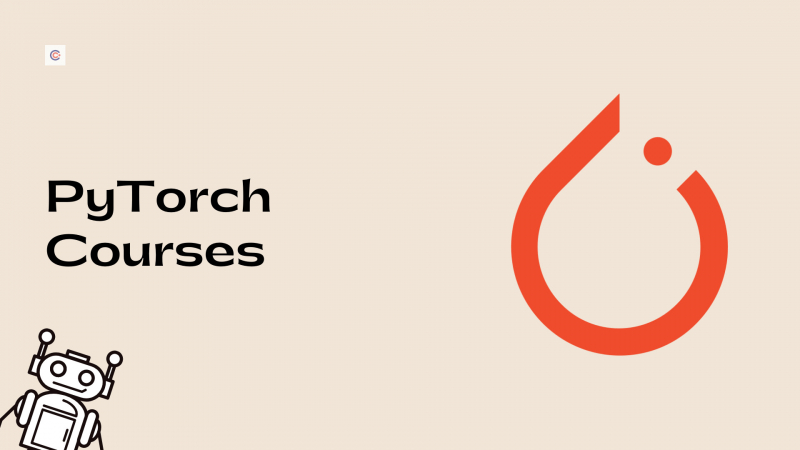
manning.com 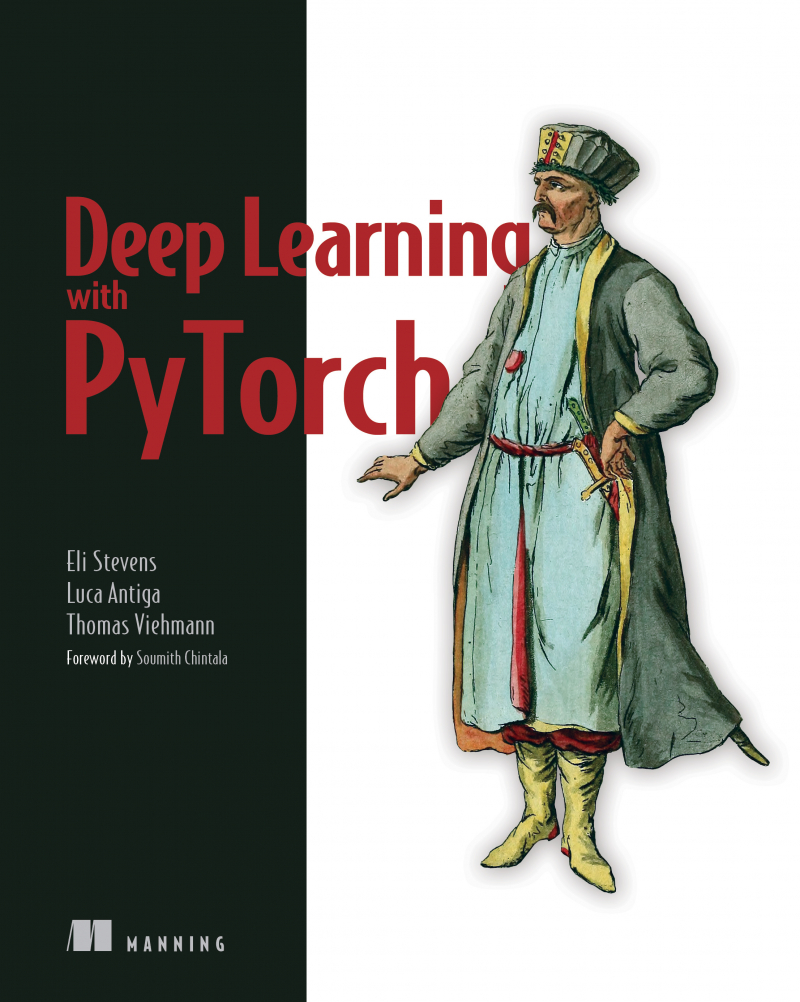
manning.com -
Modern Reinforcement Learning: Deep Q Learning in PyTorch ranks 2nd in the list of best online PyTorch courses. Deep Reinforcement Learning Research papers can be turned into agents that can beat classic Atari games. You will learn a repeatable framework for reading and implementing deep reinforcement learning research papers in this PyTorch course. The original papers that introduced Deep Q learning, Double Deep Q learning, and Dueling Deep Q learning algorithms will be read.
You'll also learn how to implement these in pythonic, concise PyTorch code that can be extended to include any future deep Q learning algorithms. These algorithms will be used to solve a variety of Pong, Breakout, and Bank Heist environments from the Open AI gym's Atari library. Finally, you will learn the key to making these Deep Q Learning algorithms work, which is how to modify the Open AI Gym's Atari library to meet the specifications of the original Deep Q Learning papers.In this course, you will learn how to:
- read and implement deep reinforcement learning papers.
- code Deep Q learning agents.
- code Double Deep Q Learning Agents.
- code Dueling Deep Q and Dueling Double Deep Q Learning Agents.
- write modular and extensible deep reinforcement learning software.
- automate hyperparameter tuning with command line arguments.
- repeat actions to reduce computational overhead
- rescale the Atari screen images to increase efficiency
- stack frames to give the Deep Q agent a sense of motion
- evaluate the Deep Q agent's performance with random no-ops to deal with the model overtraining
You can take the Modern Reinforcement Learning: Deep Q Learning in PyTorch certification course on Udemy.
Course rating: 4.6 out of 5.0
Duration: 5 h 5 m
Certificate: Certificate on completion
Enroll here: udemy.com/course/deep-q-learning-from-paper-to-code
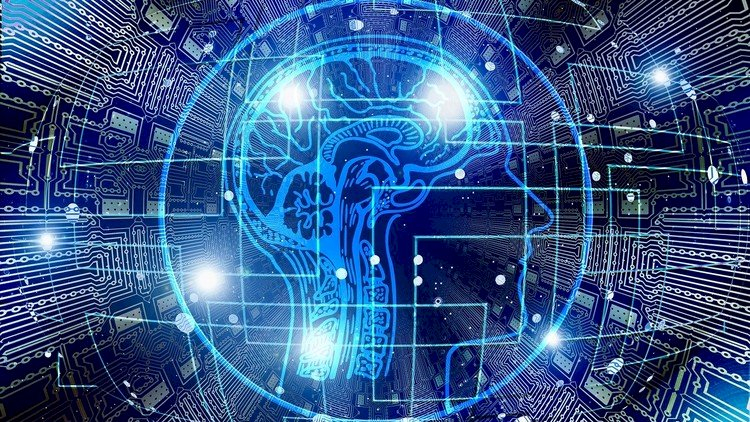
primo.ai 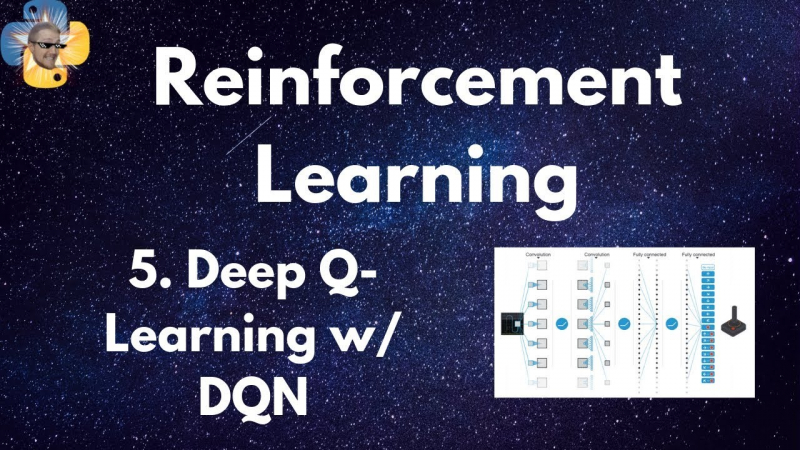
primo.ai -
PyTorch for Deep Learning with Python Bootcamp ranks 3rd in the list of best online PyTorch courses. PyTorch is an open source deep learning platform that allows for a smooth transition from research prototyping to production deployment. It is quickly becoming one of the most popular Python deep learning frameworks. Because of its deep integration into Python, popular libraries and packages can be used to easily write neural network layers in Python. A rich ecosystem of tools and libraries extends PyTorch and supports development in computer vision, natural language processing, and other areas.
This course emphasizes the importance of balancing important theoretical concepts with hands-on exercises and projects that teach you how to apply the concepts in the course to your own data sets! When you enroll in this course, you will gain access to carefully laid out notebooks that explain concepts in a simple manner, including both code and explanations side by side. You will also have access to our slides, which explain theory using simple visualizations.
In this course, you will learn how to:
- use NumPy to format data into arrays.
- use pandas for data manipulation and cleaning.
- understand classic machine learning theory principles.
- use PyTorch Deep Learning Library for image classification.
- use PyTorch with Recurrent Neural Networks for Sequence Time Series Data.
- create state-of-the-art Deep Learning models to work with tabular data.
The course includes:
- NumPy
- Pandas
- Machine Learning Theory
- Test/Train/Validation Data Splits
- Model Evaluation - Regression and Classification Tasks
- Unsupervised Learning Tasks
- Tensors with PyTorch
- Neural Network Theory
- Artificial Neural Networks
- Convolutional Neural Networks
- Recurrent Neural Networks
You can take PyTorch for Deep Learning with Python Bootcamp certification course on Udemy.
Course rating: 4.6 out of 5.0
Duration: 17 h
Certificate: No certificate
Enroll here: udemy.com/course/pytorch-for-deep-learning-with-python-bootcamp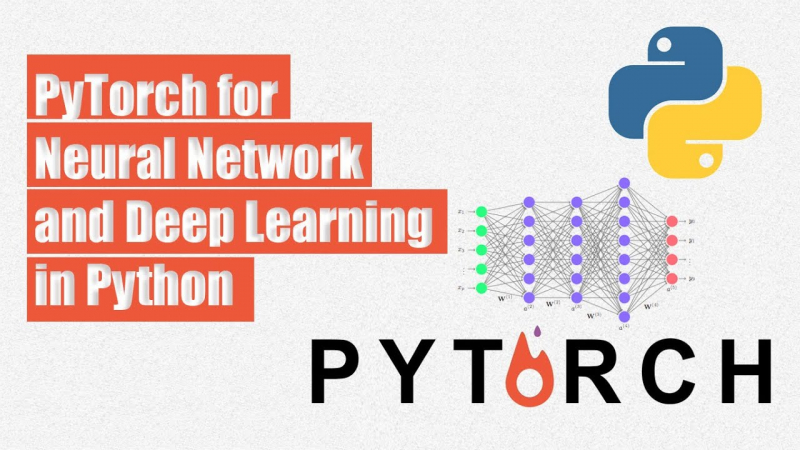
youtube.com 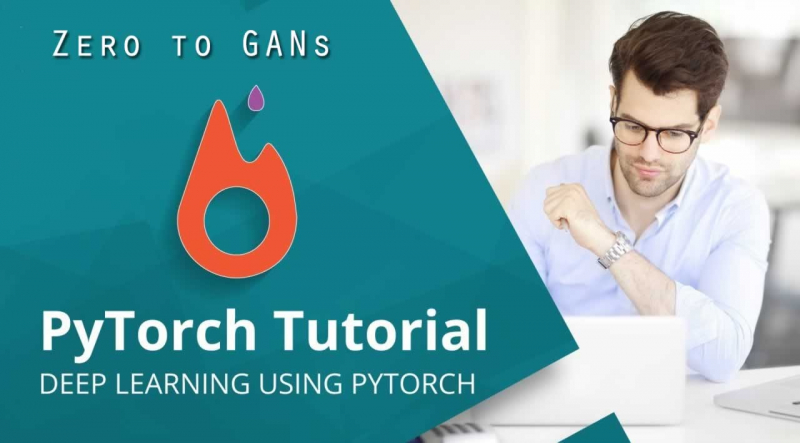
morioh.com -
Foundations of PyTorch ranks 4th on the list of best online PyTorch courses. This course covers many aspects of developing deep learning models in PyTorch, such as neurons and neural networks, as well as how PyTorch uses differential calculus to train such models and generate dynamic computation graphs in deep learning. In this course, Foundations of PyTorch, you will learn how to use PyTorch's support for dynamic computation graphs and compare it to other popular frameworks like TensorFlow.
First, you'll learn about the inner workings of neurons and neural networks, as well as how activation functions, affine transformations, and layers interact within a deep learning model. Following that, you will learn how such a model is trained, or how the best values of model parameters are estimated. Then you'll see how gradient descent optimization is cleverly used to optimize this process. You will also learn about the various types of differentiation that can be used in this process, as well as how PyTorch implements reverse-mode auto-differentiation using Autograd. You'll also work with PyTorch constructs like Tensors, Variables, and Gradients.
Finally, you will learn how to use PyTorch to create dynamic computation graphs. You'll finish the course by comparing this to the approaches used in TensorFlow, another leading deep learning framework that previously only supported static computation graphs but has recently added support for dynamic computation graphs.The course includes:
- Getting Started with PyTorch for Machine Learning
- Working with Tensors in PyTorch
- Working with Gradients Using the Autograd Library
- Building Dynamic Computation Graphs
You can take the Foundations of PyTorch certification course on Pluralsight.
Course rating: 4.5 out of 5.0
Duration: 2 h 51 m
Certificate: Certificate on completion
Enroll here: pluralsight.com/courses/foundations-pytorch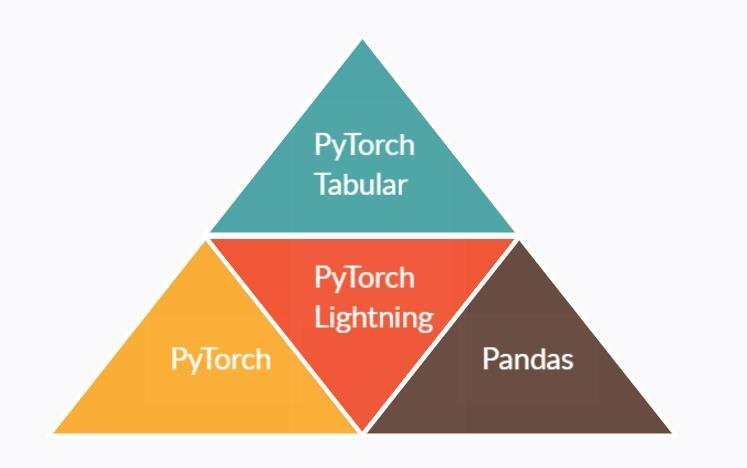
researchgate.net 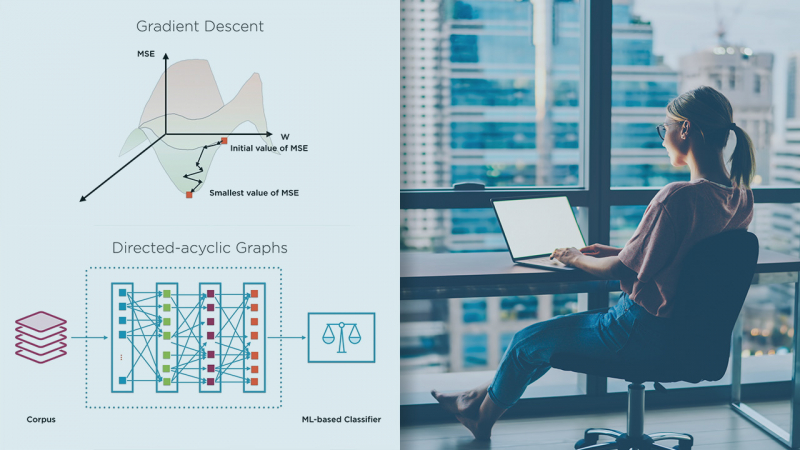
researchgate.net -
Building Your First PyTorch Solution ranks 5th in the list of best online PyTorch courses. Because of its flexibility, ease of use, and built-in support for optimized hardware such as GPUs, PyTorch is quickly becoming a popular choice for building deep learning models. PyTorch allows you to build complex deep learning models while retaining Python-native debugging and visualization support. Building Your First PyTorch Solution will teach you how to get up and running quickly by creating your first regression and classification models.
First, you'll learn how to install PyTorch with pip and conda, and then you'll see how to use GPU support. Following that, you'll learn how to hand-craft a linear regression model with a single neuron by defining the loss function yourself. Then you'll see how PyTorch optimizers can be used to make this process much smoother.
You will learn how to add different activation functions and dropout to PyTorch neural networks. Finally, you will learn how to use PyTorch to create classification models. The course will be completed by extending the PyTorch base module to implement a custom classifier. When you finish this course, you will have the skills and knowledge to install PyTorch from scratch in a new environment and build models that leverage and customize various PyTorch abstractions.The course includes:
- Installing PyTorch on a Local Machine
- Understanding Linear Regression with a Single Neuron
- Building a Regression Model Using PyTorch
- Building a Classification Model Using PyTorch
You can take Building Your First PyTorch Solution certification course on Pluralsight.
Course rating: 4.5 out of 5.0
Duration: 2 h 21 m
Certificate: Certificate on completionEnroll here: pluralsight.com/courses/building-your-first-pytorch-solution
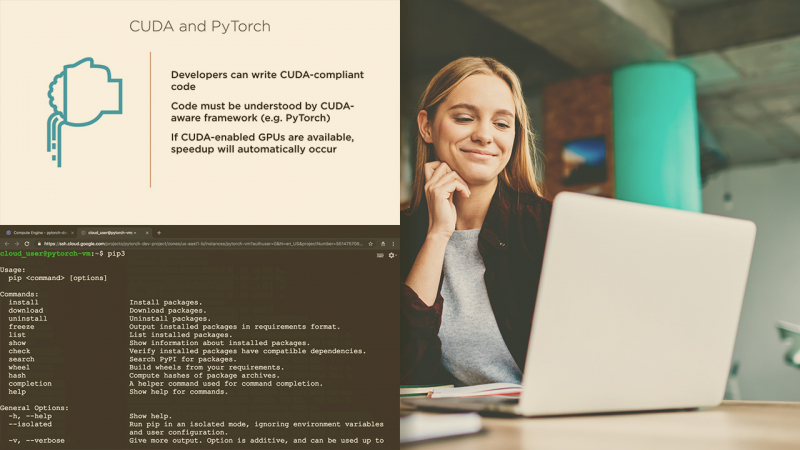
pyimagesearch.com 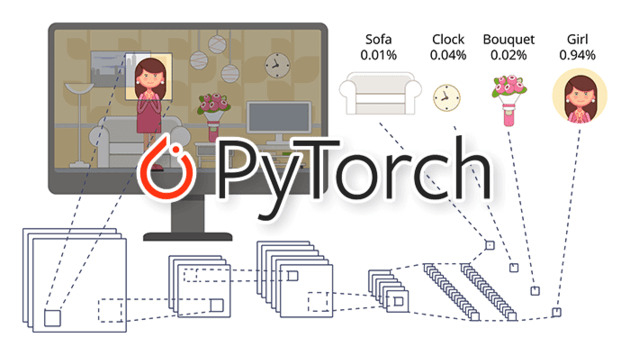
pyimagesearch.com -
Deep Neural Networks with PyTorch ranks 6th on the list of best online PyTorch courses. Learn Deep Neural Networks with IBM's PyTorch. The course will teach you how to use Pytorch to create deep learning models. The course will teach you how to use Pytorch to create deep learning models.
The course will begin with tensors and the Automatic differentiation package in Pytorch. You'll start by learning about Linear Regression and logistic/softmax regression. Feedforward deep neural networks, the role of different activation functions, normalization, and dropout layers are then discussed. Finally, this PyTorch course will cover Convolutional Neural Networks and Transfer Learning.
In this course, you will learn how to:
- develop deep learning models using PyTorch.
- start with PyTorch's tensors and Automatic differentiation package.
- use PyTorch for Deep Learning application.
- build Deep Neural Networks using PyTorch.
The course includes:
- Tensor and Datasets
- Linear Regression Pytorch Way
- Multiple Input Output Linear Regression
- Logistic Regression for Classification
- Shallow Neural and Deep Networks
- Convolutional Neural Network
You can take Deep Neural Networks with PyTorch certification course on Coursera.
Course rating: 4.4 out of 5.0
Duration: 31 h
Certificate: Certificate on purchase
Enroll here: coursera.org/learn/deep-neural-networks-with-pytorch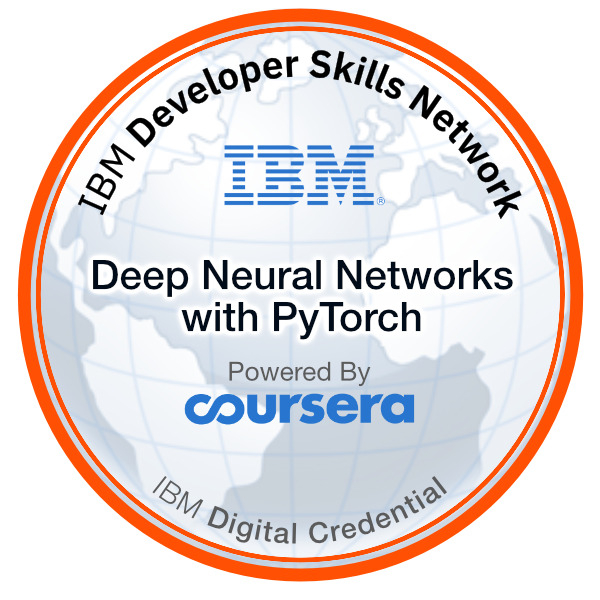
credly.com -
Python and its popular libraries, such as NumPy and Pandas, as well as the PyTorch Deep Learning library, will be covered. You will first learn the fundamentals of PyTorch and how to construct deep neural networks in it. Following that, you will learn how to train these models using cutting-edge techniques. You will also go over multiclass classification and learn how to build and train a multiclass linear classifier in PyTorch.
This will be followed by a detailed explanation of how to build Feed-forward neural networks in PyTorch, as well as how to train these models and adjust hyperparameters like activation functions and the number of neurons. Then you'll learn how to build and train deep neural networks, including dropout, initialization, different types of optimizers, and batch normalization. Finally, you will discover principal component analysis, data whitening, shallow autoencoders, deep autoencoders, transfer learning with autoencoders, and autoencoder applications.
In this course, you will learn how to:
- apply knowledge of Deep Neural Networks and related machine learning methods.
- build and train Deep Neural Networks using PyTorch.
- build Deep learning pipelines.
You can take Deep Learning with Python and PyTorch certification course on Edx.
Course rating : N/a
Duration: 18 h
Certificate: Certificate on purchaseEnroll here: edx.org/course/deep-learning-with-python-and-pytorch
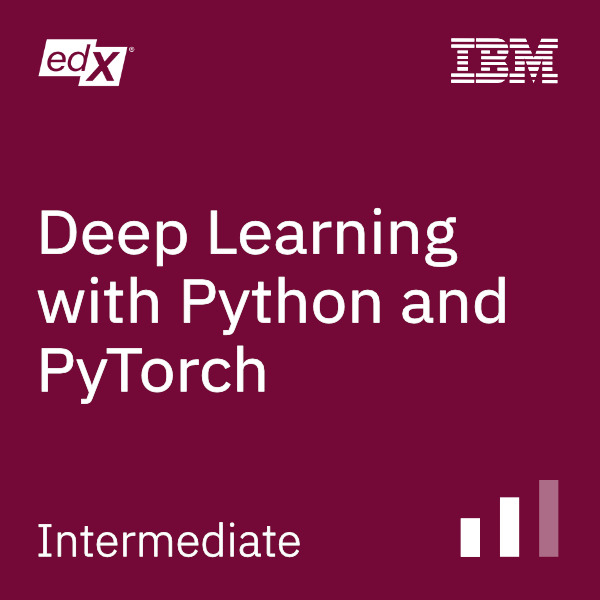
credly.com -
PyTorch is quickly becoming one of the most popular deep learning frameworks, as well as a must-have skill in your AI toolkit. Its deep integration with Python, integration with top cloud platforms such as Amazon SageMaker and Google Cloud Platform, and computational graphs that can be defined on the fly have earned it praise from industry leaders.
Join Jonathan Fernandes as he delves into the fundamentals of deep learning with PyTorch in this course. Starting with a working image recognition model, he demonstrates how the various components fit and work together, from tensors, loss functions, and autograd to troubleshooting a PyTorch network. The course begins by covering the fundamentals of deep learning with PyTorch. Beginning with a working image recognition model, he demonstrates how the various components fit together and work together, from tensors, loss functions, and autograd to troubleshooting a PyTorch network.
The course includes
- Fashion MNIST and Neural Networks
- Working with Classes and Tensors
- Working with Loss, Autograd, and Optimizers
- Troubleshooting and CPU/GPU Usage
You can take PyTorch Essential Training: Deep Learning certification course on LinkedIn Learning.
Course rating : N/a
Duration: 1 h 33 m
Certificate: Certificate on completion
Enroll here: linkedin.com/learning/pytorch-essential-training-deep-learning
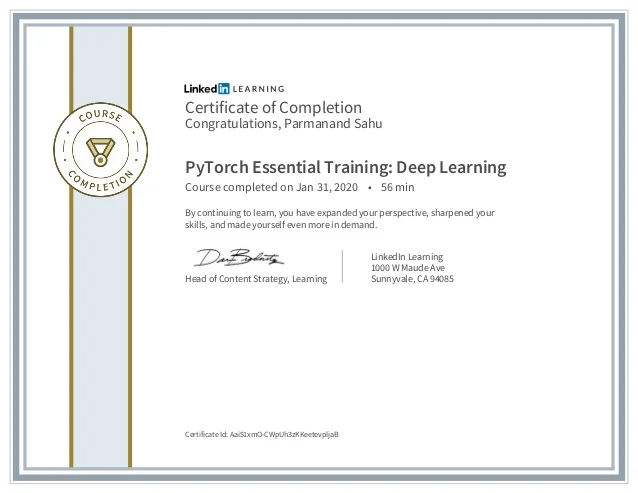
slideshare.net -
This course will introduce you to the basics of PyTorch. This course will teach you how to use classic machine learning algorithms, with a focus on how PyTorch creates and optimizes models. You will quickly iterate through various aspects of PyTorch, providing you with solid foundations and all the prerequisites you need before building deep learning models. You will begin with PyTorch's tensors in one and two dimensions, learning tensor types and operations, as well as PyTorch's Automatic Differentiation package and integration with Pandas and Numpy. This is followed by a detailed explanation of the dataset object and transformations.
Following that, you will discover how to train a linear regression model. You will learn the basics of PyTorch, such as how to make a prediction using PyTorch's linear class and custom modules. Then, using PyTorch, calculate the loss and cost. Following that, you will train a linear regression model using PyTorch's built-in functionality, gaining an understanding of PyTorch's key components. Including how to effectively train PyTorch's custom modules using the optimizer object, allowing you to train any model in an efficient manner.
Finally, in applications such as multiple linear regression and multiple-output linear regression, you will learn how to extend your model to multiple input and output dimensions. You will learn the fundamentals of the linear object, including how it interacts with data of varying dimensions and sample counts.
In this course, you will learn how to:
- build a Machine learning pipeline in PyTorch.
- train Models in PyTorch.
- load large datasets.
- train machine learning applications with PyTorch.
- incorporate and Python libraries such as Numpy and Pandas with PyTorch.
You can take PyTorch Basics for Machine Learning certification course on Edx.
Course rating: N/a
Duration: 840 h
Certificate: Certificate on completion
Enroll here: edx.org/course/pytorch-basics-for-machine-learning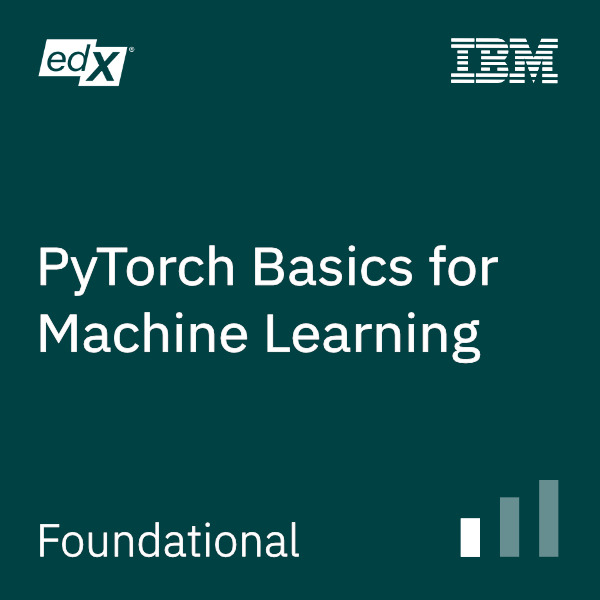
youtube.com 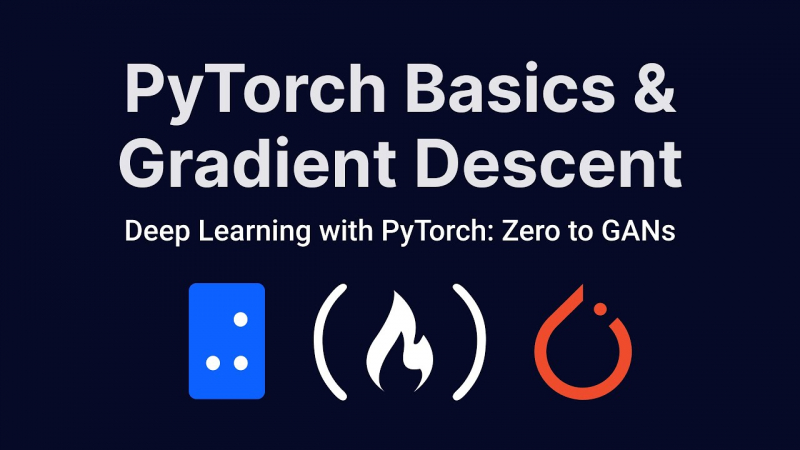
youtube.com -
Learn how to use PyTorch, a popular machine learning framework, to implement transfer learning. This course teaches you how to use PyTorch for a similarly popular technique, transfer learning. Learn how to use PyTorch to implement transfer learning for images, including how to build a fixed feature extractor and freeze neural network layers. Discover how to use learning rates and differential learning rates.
PyTorch quickly became the tool of choice for many deep learning researchers after its initial release in 2017. Jonathan Fernandes demonstrates how to use this popular machine learning framework for a similarly buzzworthy technique: transfer learning, in this course. Jonathan explains the fundamentals of transfer learning, which allows you to use the pretrained parameters of an existing deep-learning model for other tasks, using a hands-on approach. He then demonstrates how to use PyTorch to implement transfer learning for images, including how to create a fixed feature extractor and freeze neural network layers. Discover how to use learning rates and differential learning rates.
The course includes:
- What Is Transfer Learning?
- Transfer Learning: Fixed Feature Extractor
- Fine-Tuning the ConvNet
- Further Techniques
- You can take Transfer Learning for Images Using PyTorch: Essential Training certification course on LinkedIn Learning.
Course rating: N/a
Duration: 1 h 37 m
Certificate: Certificate on completion
Enroll here: linkedin.com/learning/transfer-learning-for-images-using-pytorch-essential-training
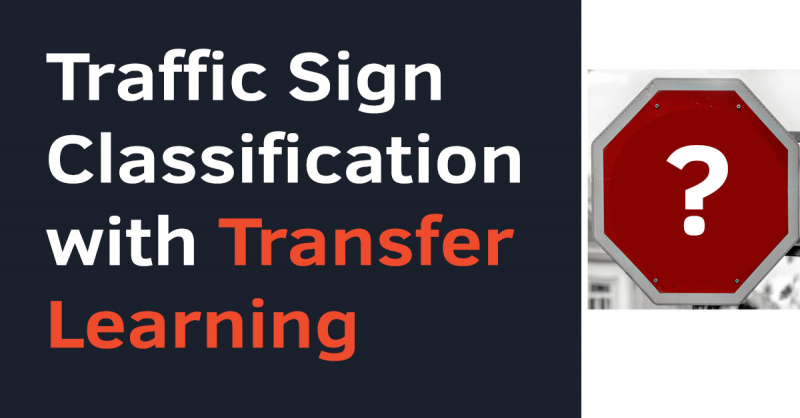
curiousily.com 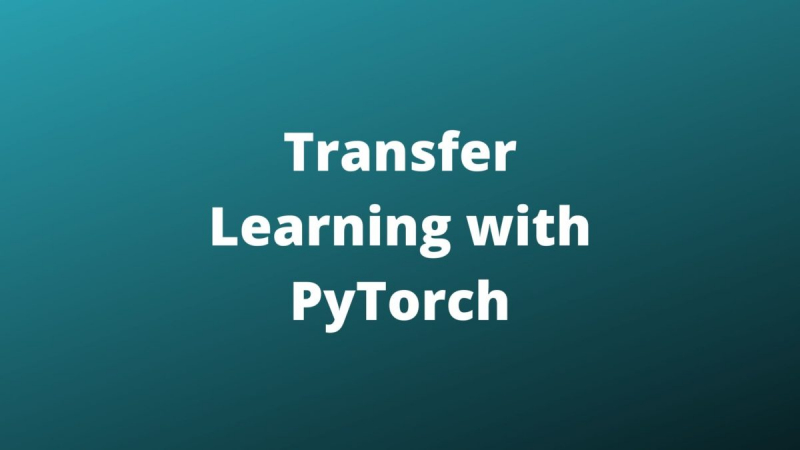
curiousily.com















